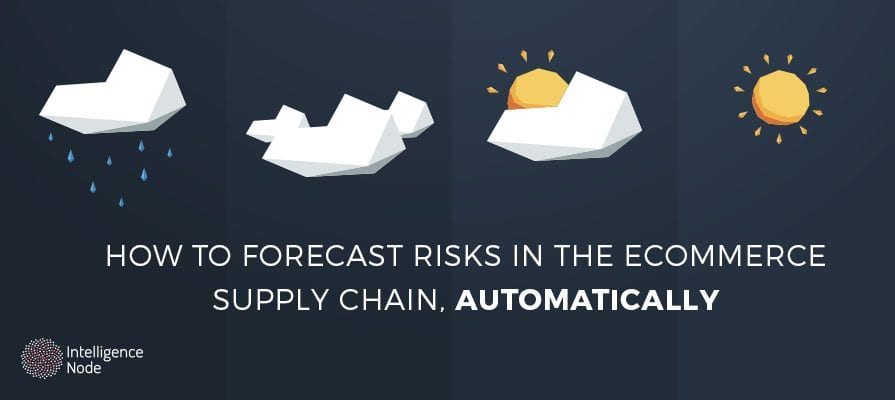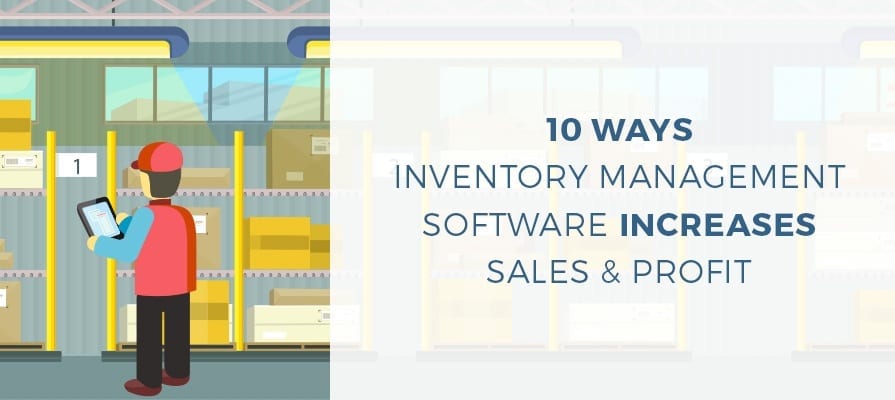Whenever you run a product-based business, the concept of supply and demand immediately rises to the top of your growing list of concerns. After all, the efficiency of your business greatly hinges on your ability to plan for the uncertain future. To do this requires a deft handling of your supply chain and all that entails. In the world of eCommerce, it’s easy to get caught up on either the front and back ends of your software infrastructure. However, it is actually the middle in which you must focus your attention, as this is where supply chain forecasts enter.
What You Need to Do
Because every business will have its own specific product requirements, there truly is no one-size-fits-all way to plot out the various intricacies of your supply chain management. However, there is so much to take into account that it’s vital to carefully consider the inventory, orders, distribution, fulfillment, and the gazillion other elements that make up a successful eCommerce business. Here are a few broad tips to help you decide if you’re on the right track.
- Embrace automation across the board: When it comes to eCommerce, the return on investment is almost exclusively dependent on the planning and replenishment of products, and this requires a heavily automated system to govern it all. So don’t be afraid to delve deep into automation with various aspects of your business. At this point, everything from storage and retrieval to even pricing decisions can be covered by an automated systemcurrently on the market. Once you figure out what specifications best fit your specific needs, then the time is right to fire up your newly implemented setup and get started.
- Unify your product inventory: Inventory management is already complicated enough. Don’t make supply chain forecasting harder than it needs to be. Be sure that a distributed order management (DOM) system is in place at your business. This will effectively streamline your linear supply chain into a matrix of data that incorporates a number of potential fulfillment points, including production, warehousing, and distribution. One singular system for your inventory makes calculations for risk and other supply chain problems far simpler, saving you guesswork and (potentially) tons of heartache down the line.
- Determine order thresholds: Forecasting for eventual supply chain risks is easier said than done, but the establishment of order thresholds can help you combat them before they ever come to pass. Simply determine the right order quantities and reorder points for each item. Then you’ll be better prepared for the bulk of potential issues and ensure a high inventory turnover rate that keeps your business running smoothly. It’s this kind of optimization that can not only help you prevent any unnecessary product outages but also cut costs along the way. Don’t let your best asset — your top-notch products — become a liability rather than the distinction that helps your business soar.
Looking Ahead
“Work smarter, not harder” is an adage that has continued to gain steam, as technology makes it easier than ever to do just that. Yet, the eCommerce model benefits from automation more readily than other forms of retail, thanks to its natural reliance on sophisticated software systems. Forecasting isn’t just an integral part of your business’s potential for long-term success but a strategic move designed to streamline your company’s resources and maximize profitability. With all that automated systems can do to perpetuate your growth, there’s little reason not to begin your supply chain forecasting now.




